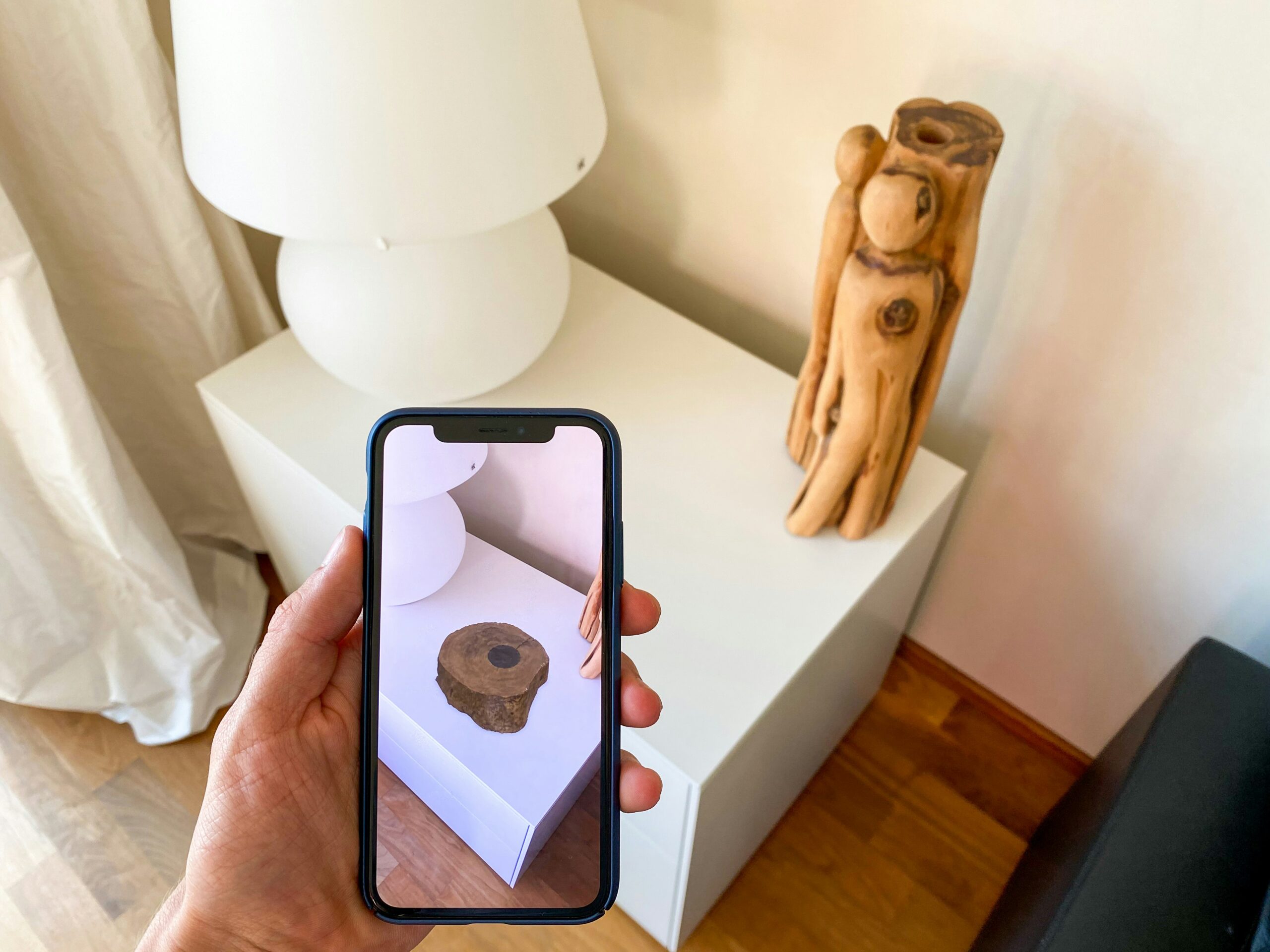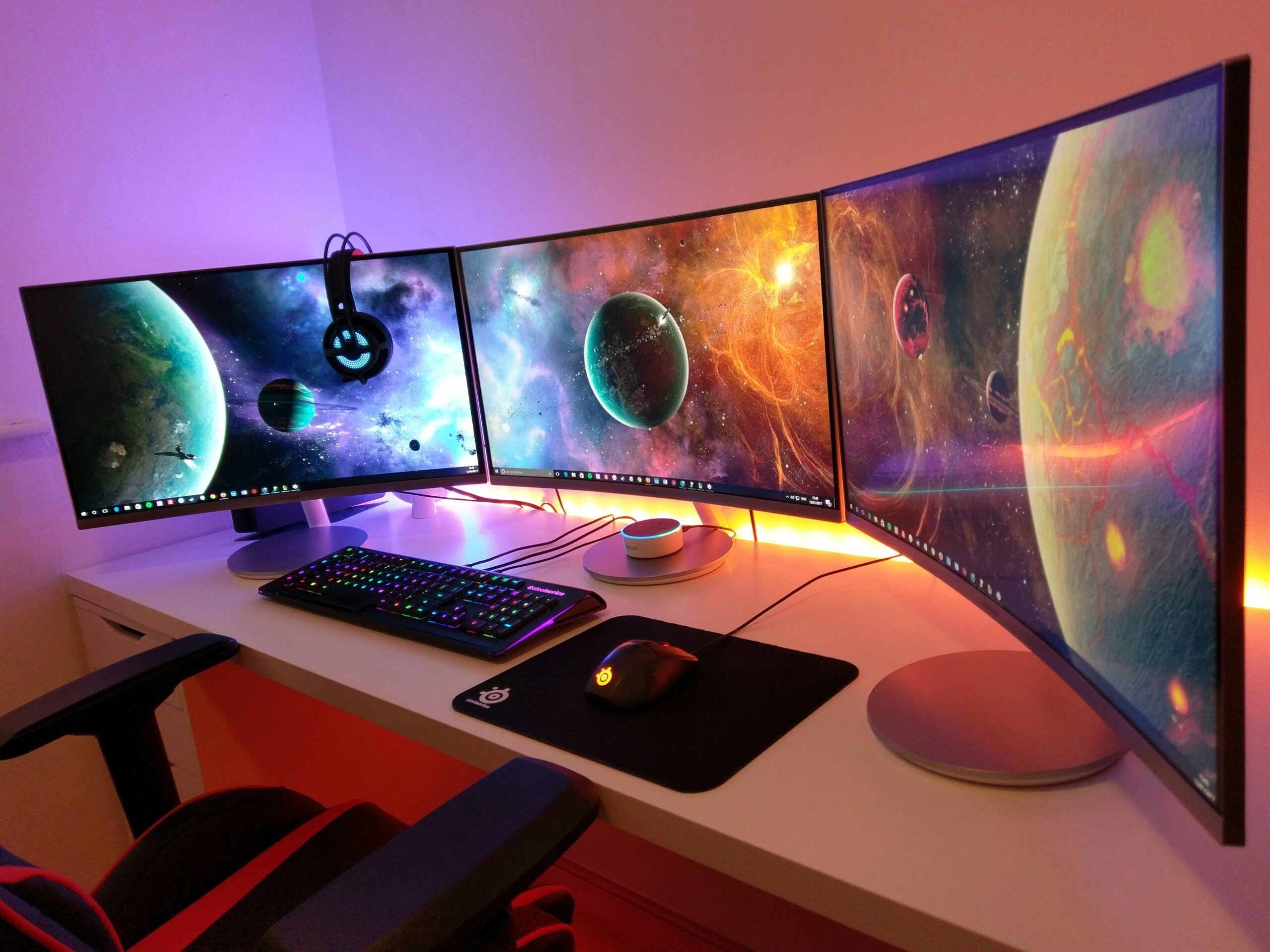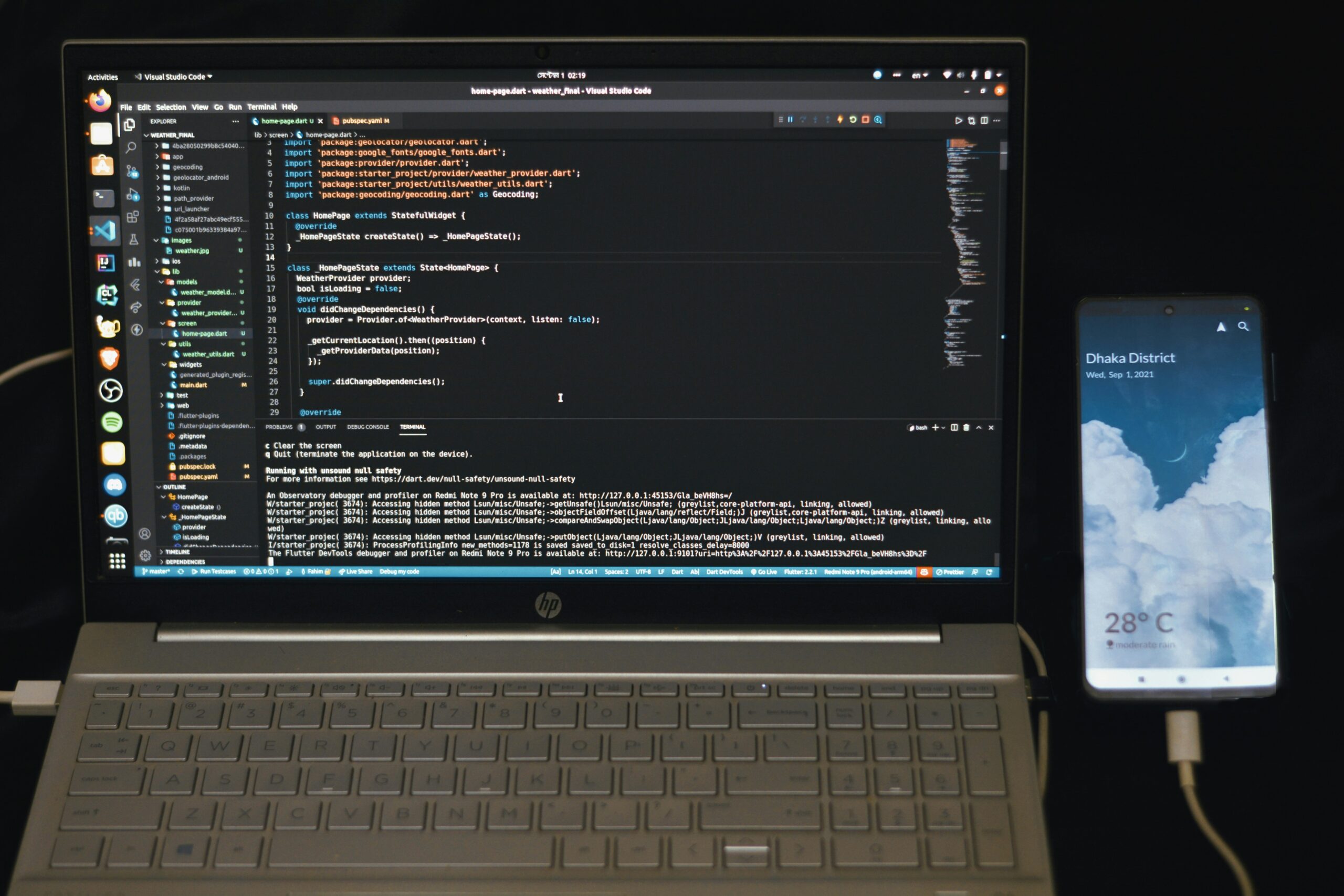Basics of Augmented Reality: Enhancing Your Reality with Digital Elements

Augmented Reality (AR) is a technology that has gained significant popularity in recent years. It allows users to experience the blending of the real world with digital elements, creating a unique and interactive environment. Whether you are a tech enthusiast or just curious about this cutting-edge technology, this article will provide you with the basics of augmented reality and how it can enhance your reality.
What is Augmented Reality?
Augmented Reality is a technology that overlays digital information onto the real world, creating an interactive experience. Unlike Virtual Reality (VR), which immerses users in a completely virtual environment, AR enhances the real world by adding digital elements such as images, videos, or 3D models.
AR can be experienced through various devices, including smartphones, tablets, smart glasses, and headsets. These devices use cameras and sensors to detect the user’s surroundings and overlay digital content onto the real world in real-time.
How Does Augmented Reality Work?
The key components of an augmented reality system are the camera, sensors, and software. The camera captures the user’s surroundings, while the sensors gather information about the environment, such as location and movement. The software processes this data and overlays the digital content onto the real world.
AR applications use advanced algorithms to detect and track objects in the user’s environment. This allows the digital elements to interact with the real world in a seamless manner. For example, you can place a virtual object on a table and walk around it, and the object will stay in the same position relative to the table.
Applications of Augmented Reality
Augmented Reality has a wide range of applications across various industries:
1. Gaming:
AR gaming has revolutionized the way we play. Games like Pokémon Go and Harry Potter: Wizards Unite allow players to interact with virtual characters and objects in the real world. This adds a new level of immersion and excitement to traditional gaming experiences.
2. Education:
AR has the potential to transform education by making learning more interactive and engaging. Students can visualize complex concepts through interactive 3D models, explore historical sites through virtual tours, or practice skills in simulated environments.
3. Retail:
AR is changing the way we shop. With AR, customers can try on virtual clothes, see how furniture would look in their homes, or preview products before making a purchase. This enhances the shopping experience and helps customers make informed decisions.
4. Healthcare:
AR is being used in healthcare for training, surgical planning, and patient education. Surgeons can overlay medical images onto a patient’s body during surgery, providing real-time guidance. This improves precision and reduces the risk of errors.
5. Architecture and Design:
AR allows architects and designers to visualize and present their ideas in a more immersive way. Clients can walk through virtual buildings, view 3D models of furniture in their homes, or see how different materials would look in a space.
The Future of Augmented Reality
Augmented Reality is still in its early stages, but its potential is immense. As technology continues to advance, we can expect to see even more innovative applications of AR in various industries.
With the development of 5G networks, AR experiences will become more seamless and immersive. The increased bandwidth and lower latency will enable real-time collaboration and streaming of high-quality AR content.
Advancements in hardware, such as smart glasses and contact lenses, will make AR more accessible and integrated into our daily lives. Imagine having a heads-up display that provides real-time information and guidance as you navigate through the city.
Conclusion
Augmented Reality is a fascinating technology that has the potential to transform the way we interact with the world. Whether it’s gaming, education, retail, healthcare, or design, AR has the power to enhance our reality and provide unique experiences. As the technology continues to evolve, we can look forward to a future where digital elements seamlessly blend with the real world.



Leave a Comment